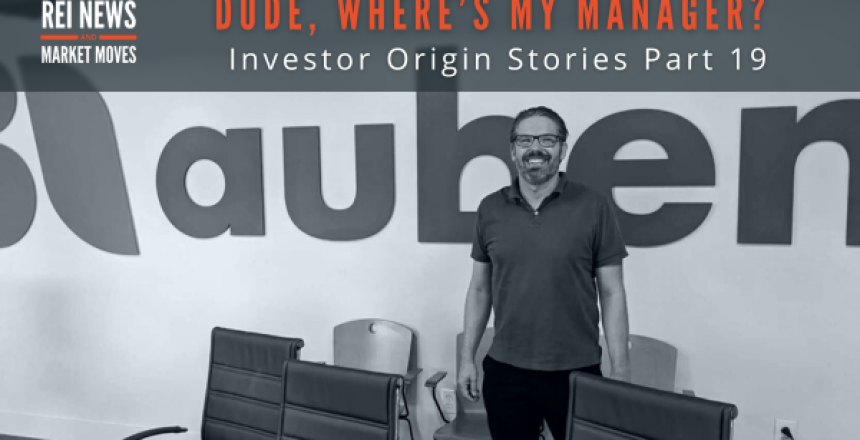Dude, where’s my manager?
How much do people matter in managing SFR?
Tech is great, but what happens when you don’t know who you are leasing from or who your escalation point is?
In last week’s newsletter, we talked about how leasing occurred in scatter site single family home rentals in the olden days before Bluetooth and self-showing lockboxes. Self-showing lockboxes have undoubtedly been one of the most important tech improvements for SFR.
Clearing this hurdle of showing in-person with leasing agents gave SFR aggregator/operators a little more confidence in their ability to lease. Further subsequent improvements to the self-showing lockbox technology and data also allowed for deep pre-screening of residents while also streamlining 24/7 access to homes.
Prospective residents could be required to answer customized landlord questions while also needing to provide a valid credit card prior to entry. After viewing properties, potential renters would receive programmable follow-up questions and even be given follow-up questions to determine their level of interest. If potential residents were not interested in the particular home they viewed, app interfaces allowed residents to see similar and neighboring homes managed/owned by the same party.
To say it made our previous self-showing open houses seem antiquated would be a massive understatement. While running the operations for a large hedge fund circa 2016, there were times where we had over a 100 active listings in the far corners of a single MSA like Birmingham, Alabama. With old school, in-person agent showings, the human capital needed to lease that many units simultaneously was simply not tenable.
Simultaneous to the self-showing options, digital contract signing options like DootLoop and DocuSign became standard and normal. It was possible for a resident to view a property, be approved, sign a lease, and move-in without ever talking to or meeting a human affiliated with the owner or property manager. In all the new technology SFR operators and property managers thought they had discovered the Rosetta Stone to make SFR (even lacking density) mirror multifamily.
It was not uncommon for large SFR managers or owners to lean heavy, heavy into tech and remote team members. For a 1000 unit SFR portfolio in Tampa, you could have a portfolio manager in Cleveland, OH, a call in Center in Topeka, Kansas, remote customer service team members in Mexico or (offshore) in India, and a rental payment processing center in New York.
How could anything go wrong?
The euphoria around centralization, consolidation, and tech was palpable in the industry. Covid became even more gasoline on the flames of excitement. There was (and is) just one small problem, absolutely nothing in scatter site SFR is uniform or standard–no matter how much the manager or owner try to make it so. The variability of the product often made the uniform remote process a non-sequitur. Some owner/aggregators tried to throw more tech at the process; some owner/operators didn’t care because they were building machines to only eat equity. The most observant owner/operators understood that local matters and people matter.
At Auben our core philosophy has always been based around local experts.
Come join one of our local communities as we change the future of SFR by learning from our shared past!

